A fireplace adds warmth and charm to any home, but over time, the chimney walls can become lined with creosote—a highly flammable byproduct of burning wood. Regular chimney maintenance helps prevent fire hazards and ensures safe, efficient operation.
Chimneys should be cleaned at least once a year, ideally before using the fireplace in the fall or early winter. If you're comfortable with home projects, follow this guide by Fireplace Distributor to clean your chimney safely and effectively.
How to Tell If Your Chimney Needs Cleaning
Before getting started, check the inside of your chimney:
✔ Shine a flashlight into the chimney and use a metal scraper to check for creosote buildup.
✔ If the residue is more than 1/8 inch thick, it's time for a cleaning.
Creosote can accumulate throughout the chimney, but the smoke chamber above the firebox is most at risk for fire hazards. If you can’t reach this area with a brush, consider hiring a professional chimney sweep.
Step 1: Preparing to Clean the Chimney
🛠 What You’ll Need:
- Wire brush
- Chimney cleaning brush with extension rods
- Drop cloths or tarps
- Vacuum (shop vac recommended)
- Safety goggles and dust mask
- Screwdriver or power drill
- Ladder (for roof access)
Preparation Steps:
✔ Protect Your Home – Cover the fireplace opening with plastic or a tarp to keep soot from spreading.
✔ Remove Any Debris – Take out unburnt wood and ash from the firebox.
✔ Open the Damper – If possible, detach it for easier cleaning.
💡 Tip: Always wear eye protection and a dust mask when working with soot and debris.
Step 2: Removing the Chimney Cap
To access the flue, you’ll need to remove the chimney cap:
✔ Use a ladder to reach the chimney top.
✔ Remove the rain cap or animal guard with a screwdriver or power drill.
✔ Set screws aside in a safe place so they don’t get lost.
🔔 Not comfortable climbing onto your roof? Call a professional chimney sweep instead.
Step 3: Cleaning the Chimney Flue
Method 1: Cleaning from the Roof (Top-Down Method)
✔ Insert a chimney brush into the flue and scrub using an up-and-down motion.
✔ Attach extension rods as needed to reach the smoke shelf.
✔ Once complete, reinstall the chimney cap and climb down safely.
Method 2: Cleaning from the Fireplace (Bottom-Up Method)
✔ Insert the chimney brush into the flue from inside the fireplace.
✔ Scrub the flue walls using long strokes.
✔ Extend the brush with rods until you reach the top.
🔔 This method is messier, as soot will fall into the fireplace. Use tarps and a shop vac to minimize dust.
Method 3: Dual-Line Rope Method (Requires Two People)
✔ One person stands on the roof, lowering a chimney brush tied to a rope.
✔ The second person stands at the fireplace and pulls the other end of the rope.
✔ Work together to scrub the chimney walls by pulling the rope up and down.
Step 4: Cleaning Up the Fireplace
✔ Use a wire brush to scrub the bottom of the flue.
✔ Sweep up debris from the firebox and smoke shelf.
✔ Vacuum up any loose soot inside the fireplace and surrounding area.
✔ Dispose of creosote properly according to local regulations.
Chimney Maintenance Tips
🔥 Burn Only Seasoned Firewood – Avoid using wet or green wood, which creates excessive creosote.
🔥 Check the Chimney Cap – Ensure it’s securely in place to prevent debris buildup.
🔥 Inspect the Chimney Annually – Even if you don’t clean it yourself, schedule an annual inspection.
Regular chimney cleaning prevents fire hazards and improves efficiency, keeping your home warm and safe all winter long. If you're unsure about tackling this project yourself, consider hiring a certified chimney professional for the job.






